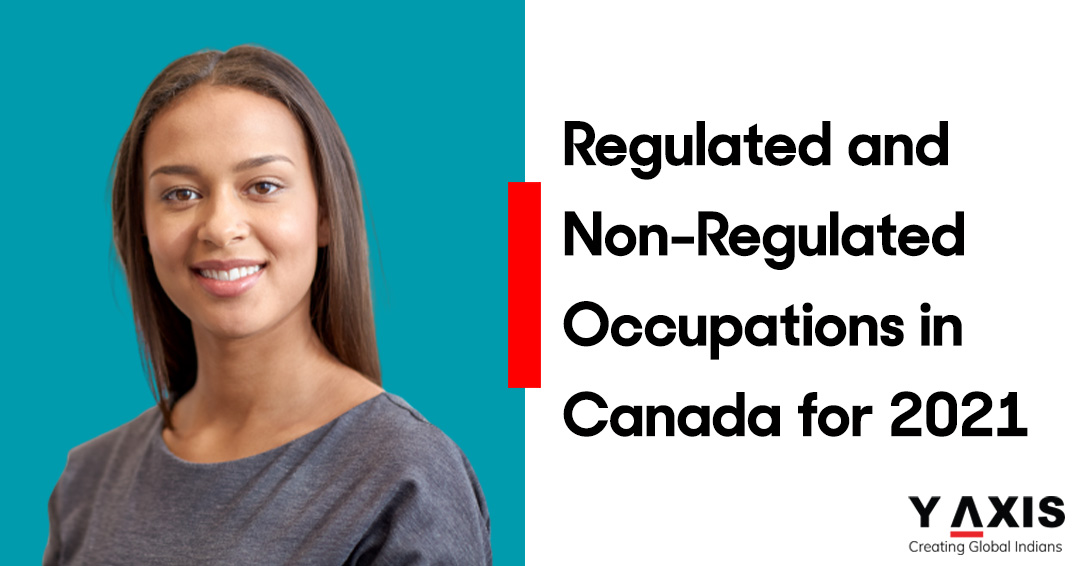
Canada is the best country to immigrate to for building a successful career. Individuals who seek opportunities to work in Canada need to understand and assess the eligibility criteria to migrate to Canada. It mainly depends upon the Educational Credential Assessment (ECA).
An applicant should know details about the job role, title, and description regarding the occupation which they wish to choose. The Government of Canada’s Job Bank will help you to explore different fields related to your qualification.
Types of occupations in Canada
Occupations in Canada is categorized into two types:
- Regulated Occupations in Canada
Regulated professions in Canada are governed either by provincial or professional organizations or a regulatory body and sometimes by federal law. Hence, the entry restrictions vary from one province to another. If an applicant is interested in working regulated occupation, they MUST have a professional certification from Canada related to the profession or a license or registration with the regulatory body.
The major regulatory occupations include Architects, Doctors, Pathologists, Certified Practise Nurses, Therapists, Midwives, Pharmacists, Lawyers, Economists, Physicians, Psychologists, Teachers, Translators, Veterinarians, etc. The reason for imposing regulations is to ensure that the professionals meet the required standards of practice.
- Non-Regulated Occupations in Canada
Non-Regulated Occupations are practiced without any restrictions, licenses, or certifications from the government. The majority of occupations come under Non-Regulated Occupations in Canada. This type of occupation does not need any specific legal requirements. Non-Regulated Occupations are governed by the employers. In some instances; the applicant needs to get registered, licensed, or certified depending upon their profession.
The non-regulatory occupations include Computer Programmers, Research Assistants, Sales, Marketing and Advertising Managers, Business Services, Financial and Investment Analysts, Professors, Biologists, Cooks, Mathematicians, Statisticians, etc.
How to find requirements for a particular profession or trade?
The applicant needs to check for the specific requirements related to their profession or trade by doing the following:
- Consulting ‘National Occupational Classification’ to know more details about their occupation.
- Find complete details about the regulatory body governing their occupation in the province or territory by checking out with CICIC.
- Write to the particular regulatory body for particulars like cost (for certification, licensing, or registration), the procedure for the application process, documentation required, etc.
- The regulatory body will send you all the details regarding fee structure, along with specific requirements for your occupation.
- The applicant can also contact the people working in the particular province to know about the major inputs.
The Y-Axis team specialized in Immigration visas to Canada can especially guide you in preparing a successful Canada Express Entry profile. We are here to ensure that you meet all the requirements necessary to make your Express Entry profile the best one to get selected.
If you are looking to Study, Work, Visit, Business or Migrate to Canada, talk to Y-Axis, the World’s No.1 Immigration & Visa Company.
If you found this blog engaging, you may also like …



Regulated and Non-Regulated Occupations in Canada
Posted on July 16, 2021